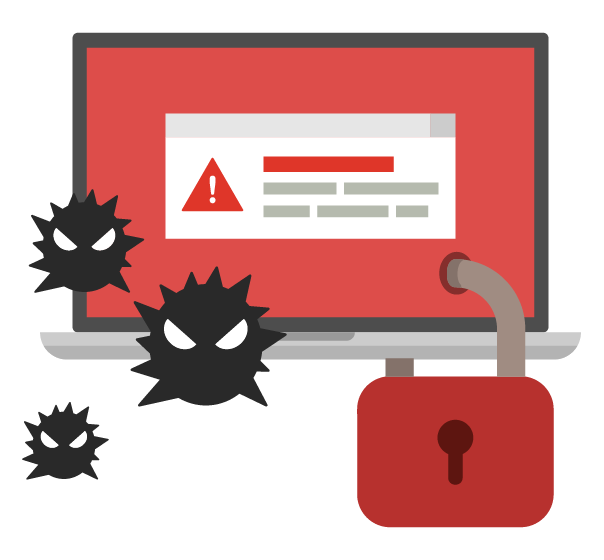“The world’s most valuable resource is no longer oil, but data”, it was one of the biggest headline of The Economist in their May 6th, 2017 edition and from then this headline has gained value and is only increasing day by day.
What made us say that? The fact that 90% of data has been created in the last 2 years only provides more power to our statement.
But how do these facts really affect you? As a business owner or having your job profile in security, you know that all the efforts you make towards the security of your data are to prevent the data loss from all the potential attacks.
So in today’s article let’s take a deep dive into ‘What’, ‘How‘, and ‘Why‘ of Data Loss Prevention .
What is Data Loss Prevention?
Data loss prevention, or DLP, is a set of technologies, products, and techniques that are designed to stop sensitive information from leaving an organization.
Data can end up in the wrong hands whether it’s sent through email or instant messaging, website forms, file transfers, or other means. DLP strategies must include solutions that monitor for, detect, and block the unauthorized flow of information.
Data loss prevention tools and software are designed to constantly monitor and filter data in real-time. In addition to dealing with the data being used, stored, and transmitted within the network, data loss prevention applications ensure no harmful outside data is entering the company network.
How does DLP work?
According to Cisco, DLP technologies use rules to look for sensitive information that may be included in electronic communications or to detect abnormal data transfers. The goal is to stop information such as intellectual property, financial data, and employee or customer details from being sent, either accidentally or intentionally, outside the corporate network.
Why is DLP necessary?
Let us have a close look at why data loss prevention is becoming necessity for businesses of all sizes.
- Accidental sharing of information
The person in question may not have any intention to harm the company or to put the company’s data at risk. They could simply fall victim to social engineering, a favorite method employed by data thieves.
The attacker typically studies the target (the organization) and chooses a victim (the employee) as his/her means. The usual tactics involve studying the victim in-depth and involving them in their plans, with them being completely unaware of it.
They invariably try and have victim accidentally reveal the sensitive information without them realizing it.
- Increase in hacking attempts
Organizations take data loss very seriously. However, since data thieves keep getting more sophisticated every day, and with many of them finding new ways to access networks more frequently, companies face mounting pressure to actively keep looking for new threats.
- Passing Insider Information
Disloyal employees are a prime example of inside threats – individuals deliberately intending to cause harm to a company from within. They may do it themselves or try to find assistance from an outsider to carry out the attack.
Given the fact that they already have access to data and may also have some sensitive information about different personnel within the company, the attack may prove to be more dangerous than from an attempted breach from outside the organization. This is especially true if the disgruntled employee happens to be a high-ranking executive since they usually have access to twice as much sensitive information in comparison to other employees.
- Unorganized BYOD Policies
Bring your own device (BYOD) policies have helped numerous industries operate more effectively. However, there are still industries that have either not adopted BYOD at all or who have a poorly deployed and maintained BYOD solution.
BYOD, unfortunately, makes it easier for employees to inadvertently share sensitive information through their personal mobile phones and tablets. They may not be aware of the security level of data that’s either idly sitting within the device or during data transmission.
- Cloud based storage and services
While we talked about the challenges of BYOD, another point to be noted is that employees may use their personal storage device and personal online storage services such as Google Drive or Dropbox for storing and sharing company-owned confidential information that is otherwise not supposed to leave the company network and infrastructure.
It is possible, especially in non-tech companies, that these individuals are not aware of the proper protocols. It is the company’s responsibility to have ironclad network security measurea in place to ensure that employees have the proper authorizations and permissions to access the data, and make sure it is shared only within the company networks. Data loss through BYOD can be a common occurrence when the security protocols have not been defined.
Conclusion
Data loss prevention is a subject new business owners need to pay special attention to when setting up a company. Every new piece of data created, stored, used and shared from the first day of work is sensitive information. Laying a strong foundation at the beginning will result in a little less disquiet down the road. While starting out a business going for an in house team might add a strain on your budget. Hiring companies who provide data loss prevention measures(free consultancy to setting and maintenance of a network) on subscription basis can work wonders for the budget of your company.



No responses yet